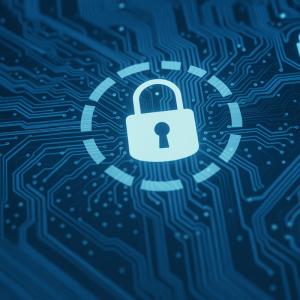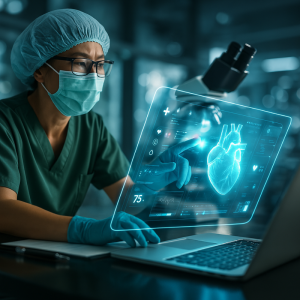IT Amplified
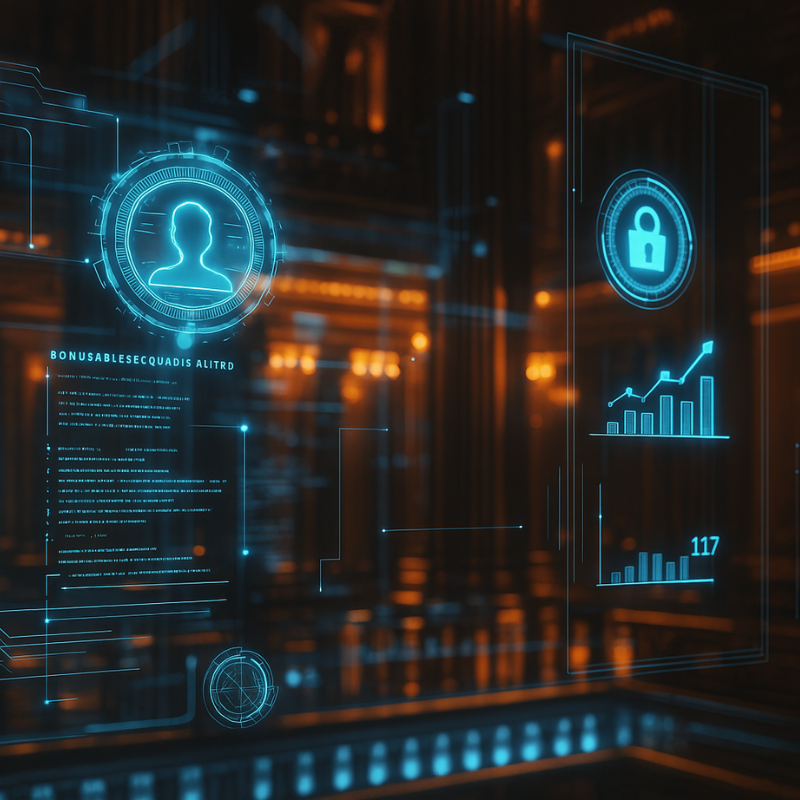
Key Takeaway:
AI is no longer just supporting IT—it’s transforming it. From software development and infrastructure to cloud operations and cybersecurity, generative AI is reshaping the tech function across five critical pillars. By 2027, even conservative forecasts expect AI to be embedded into every enterprise's digital footprint. And with over 40% of network outages caused by human error, AI-driven automation promises to dramatically improve reliability and resilience. CIOs now face a pivotal opportunity to reposition IT as the strategic engine powering enterprise-wide AI transformation.
Trend Type: Technology
Sub-trends: IT Amplified, Network Downtime Approaches Zero, AI Governance Platforms
The Rise of AI-Driven IT Transformation
As the tech function evolves from leading digital transformation to leading AI transformation, IT is being amplified across every dimension. Deloitte’s foresight analysis suggests that by 2027, even under conservative projections, generative AI will be embedded into every major software and digital product lifecycle, transforming how enterprises operate. This shift marks a once-in-a-generation opportunity for CIOs and IT leaders to redesign roles, rethink investment priorities, and place AI at the heart of enterprise strategy.
Generative AI is already impacting the full software development lifecycle—from code generation and infrastructure management to talent enablement and cybersecurity. According to Gartner, worldwide IT spending grew up to $5.26 trillion in 2024, driven in part by this transformation. In 2025 and beyond, tech leaders who embrace human-in-the-loop AI systems will shift from manual code writing to orchestrating architectural functionality. Meanwhile, AI will help fill talent gaps by generating learning materials and documentation to upskill teams. Cloud FinOps practices (a management practice that helps organizations optimize their cloud computing costs and performance) are also evolving: AI can now conduct real-time cost analysis, anomaly detection, and resource optimization to reduce runaway cloud spend.
Cyber risk, too, is being reimagined (check the Cybersecurity trend for further information!). As generative AI and digital agents increase attack surfaces, AI-enhanced systems are emerging to automate detection, response, and policy enforcement. As Deloitte notes, these advances enable IT to transition from reactive defenders to proactive orchestrators of cybersecurity. Network reliability is also being transformed. With over 40% of network outages caused by human misconfigurations, according to Cisco, AI-powered automation is poised to reduce downtime to near zero by benchmarking configurations and enabling traceable, error-proof workflows.
A New Operating Model for Tech
According to Deloitte, five pillars are being reshaped by AI: engineering, talent, cloud financial operations, infrastructure, and cyber.
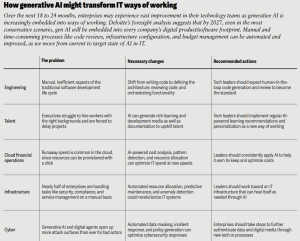
Source: Deloitte 2025 - How GenAI Might Transform IT
Forward-thinking enterprises are already moving from a paradigm of lean IT toward one of adaptive orchestration. In this model, AI becomes a layer embedded across every aspect of the IT stack—from predictive maintenance to intelligent deployment pipelines. This is changing the nature of the IT function itself: from builders and maintainers to integrators and orchestrators. AI-enabled continuous deployment, as advocated by Thoughtworks, is gaining traction as a way to boost speed and value delivery (check the video below for more, including a whole book on the topic).
For this transformation to happen, AI governance is central. As outlined by Gartner, companies that implement robust AI governance platforms will see up to 30% higher customer trust ratings and 25% better compliance scores by 2028. These platforms combine ethical principles, responsible AI policies, and technical standards to ensure transparency, accountability, fairness, and privacy.
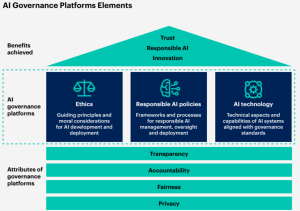
Source: Gartner 2024 - AI Governance Platforms Elements
In sum, we are approaching an era where IT, as a function, may evolve into “IT-as-a-service.” AI-powered tools are giving rise to citizen developers and autonomous agents capable of spinning up applications and workflows with minimal human intervention. If so, this shift could fundamentally alter how organizations think about IT delivery.
Use Cases
IT Amplified: Continuous deployment has many benefits for software developers and their organizations — it helps teams move faster and build better quality products.. But despite this, it still makes many people uncomfortable: should we really be automatically deploying code? Aren’t we introducing new risks? Isn’t it good practice to have more oversight and control, not less? This session builds on some of the insights of Valentina Servile’s book Continuous Deployment, helping industry professionals to overcome any fears they might have and truly find success with this valuable, if often misunderstood, software engineering practice.
AI Governance Platforms: Have a look at the movement towards Responsible AI and learn how to harness the power of Artificial Intelligence while minimizing risks and ensuring AI ethics. Phaedra Boinodiris, from IBM, shares her expertise on creating a culture of responsible AI and provides actionable tips for implementing AI governance best practices. Gain a deeper understanding of responsible AI and how to implement it in your organization to drive business success.
Use Cases
Sub-Trend Sources
IT Amplified: Deloitte Tech Trends, Thoughtworks Tech Radar
Network Downtime Approaches Zero: Cisco Trends
AI Governance Platforms: Gartner: Top10 Strategic Tech Trends
What to Read Next
Cybersecurity
From Fatigue to High-Stakes Transformation Cybersecurity may no longer feel like a ‘shiny new thing,’ but its strategic urgency is only growing. While some executives claim fatigue—arguing it’s been over-discussed—the[...]
Embodied AI
Embodied AI and Robotics The integration of foundation models into robotics is revolutionizing how machines interact with the world, enabling them to reason, adapt, and operate autonomously in dynamic environments.[...]
Scientific AI
AI Meets Scientific Discovery A new frontier is opening where AI is not merely a support tool for scientific research—it’s becoming a catalyst for fundamental breakthroughs. This shift was symbolically[...]
What to Read Next
Cybersecurity
From Fatigue to High-Stakes Transformation Cybersecurity may no longer feel like a ‘shiny new thing,’ but its strategic urgency is only growing. While some executives[...]
Embodied AI
Embodied AI and Robotics The integration of foundation models into robotics is revolutionizing how machines interact with the world, enabling them to reason, adapt, and[...]
Scientific AI
AI Meets Scientific Discovery A new frontier is opening where AI is not merely a support tool for scientific research—it’s becoming a catalyst for fundamental[...]
